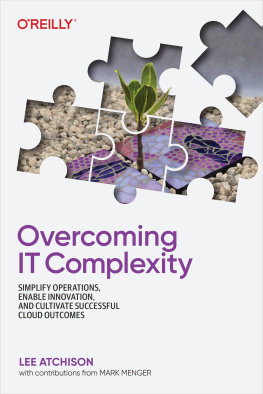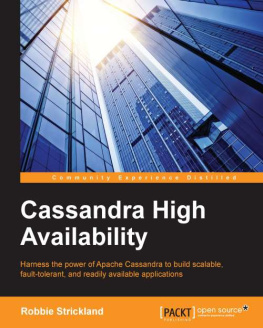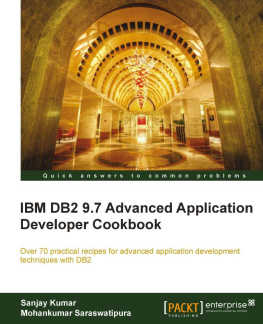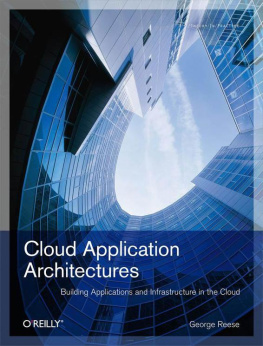Lee Atchison - Architecting for Scale: High Availability for Your Growing Applications
Here you can read online Lee Atchison - Architecting for Scale: High Availability for Your Growing Applications full text of the book (entire story) in english for free. Download pdf and epub, get meaning, cover and reviews about this ebook. year: 2016, publisher: O’Reilly Media, genre: Business. Description of the work, (preface) as well as reviews are available. Best literature library LitArk.com created for fans of good reading and offers a wide selection of genres:
Romance novel
Science fiction
Adventure
Detective
Science
History
Home and family
Prose
Art
Politics
Computer
Non-fiction
Religion
Business
Children
Humor
Choose a favorite category and find really read worthwhile books. Enjoy immersion in the world of imagination, feel the emotions of the characters or learn something new for yourself, make an fascinating discovery.
- Book:Architecting for Scale: High Availability for Your Growing Applications
- Author:
- Publisher:O’Reilly Media
- Genre:
- Year:2016
- Rating:4 / 5
- Favourites:Add to favourites
- Your mark:
Architecting for Scale: High Availability for Your Growing Applications: summary, description and annotation
We offer to read an annotation, description, summary or preface (depends on what the author of the book "Architecting for Scale: High Availability for Your Growing Applications" wrote himself). If you haven't found the necessary information about the book — write in the comments, we will try to find it.
Every day, companies struggle to scale critical applications. As traffic volume and data demands increase, these applications become more complicated and brittle, exposing risks and compromising availability. This practical guide shows IT, devops, and system reliability managers how to prevent an application from becoming slow, inconsistent, or downright unavailable as it grows.
Scaling isnt just about handling more users; its also about managing risk and ensuring availability. Author Lee Atchison provides basic techniques for building applications that can handle huge quantities of traffic, data, and demand without affecting the quality your customers expect.
In five parts, this book explores:
- Availability: learn techniques for building highly available applications, and for tracking and improving availability going forward
- Risk management: identify, mitigate, and manage risks in your application, test your recovery/disaster plans, and build out systems that contain fewer risks
- Services and microservices: understand the value of services for building complicated applications that need to operate at higher scale
- Scaling applications: assign services to specific teams, label the criticalness of each service, and devise failure scenarios and recovery plans
- Cloud services: understand the structure of cloud-based services, resource allocation, and service distribution
Lee Atchison: author's other books
Who wrote Architecting for Scale: High Availability for Your Growing Applications? Find out the surname, the name of the author of the book and a list of all author's works by series.









